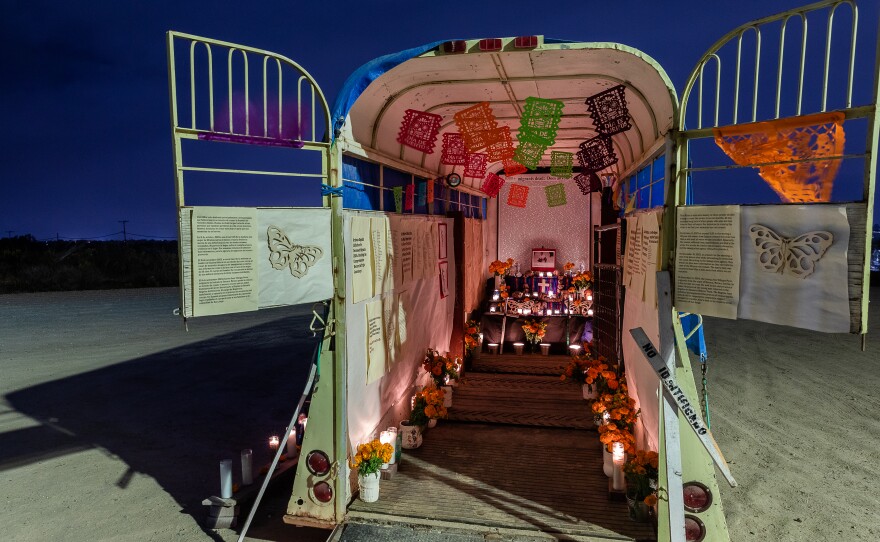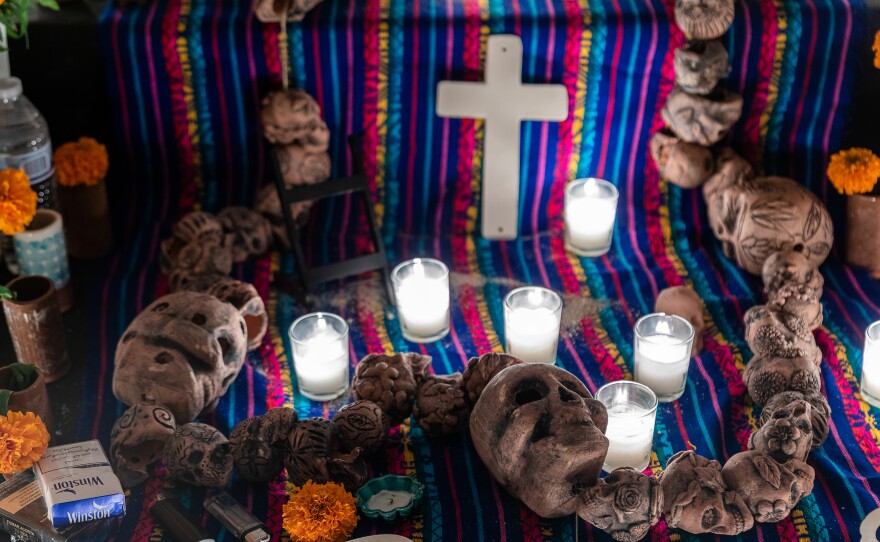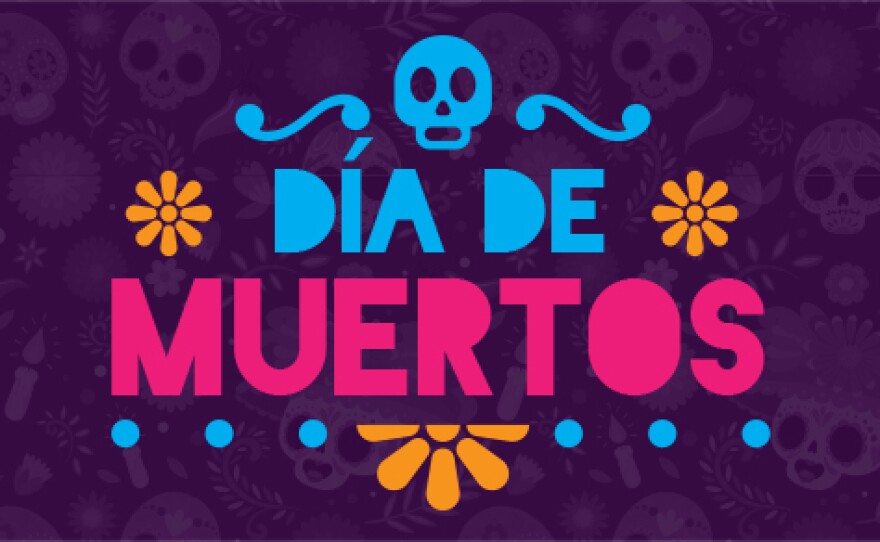It’s a tragic scene too often repeated in the unforgiving borderlands. Meager belongings — a pack of cigarettes, empty bottle of water, a pair of shoelaces — scattered next to a lifeless body.
The deep, sorrowful meaning of these mundane objects is now on display as part of a Día de Muertos ofrenda dedicated to the thousands of migrants who've died trying to cross the southern border illegally.
"They are not just a number," said artist Nanzi Muro. "They were humans. They had goals and dreams."
She erected the ofrenda inside a horse trailer parked next to the border wall in San Ysidro. It’s decorated with bunches of bright orange marigolds and illuminated by dozens of candles.
Muro also included used lighters, an abandoned backpack and other "elements and things that people find next to a body (along the border)."
More than 500 migrants die trying to cross the southern border every year, according to data from U.S. Customs and Border Protection (CPB).
The ofrenda is also a protest to federal policies that have made crossing the border even more dangerous — policies like former President Donald Trump’s border wall and President Joe Biden’s asylum crackdown, she added.
"I don’t believe that a person should lose their life because they’re looking for better opportunities," Muro said.

Deaths are just one aspect of the ongoing humanitarian crisis along the border. So far this year, more than 570 migrants have been admitted to UC San Diego Health for injuries related to illegal crossings, according to the hospital system’s records.
It’s already a new record with two months still to go in 2024. In 2023, the hospital admitted 440 migrants, records show.
The majority of injuries come from people falling from the 30-foot wall installed during the Trump administration. Raising the height of the wall from 18 to 30 feet has had a dramatic impact on the number and severity of injuries, according to emergency room doctors.








